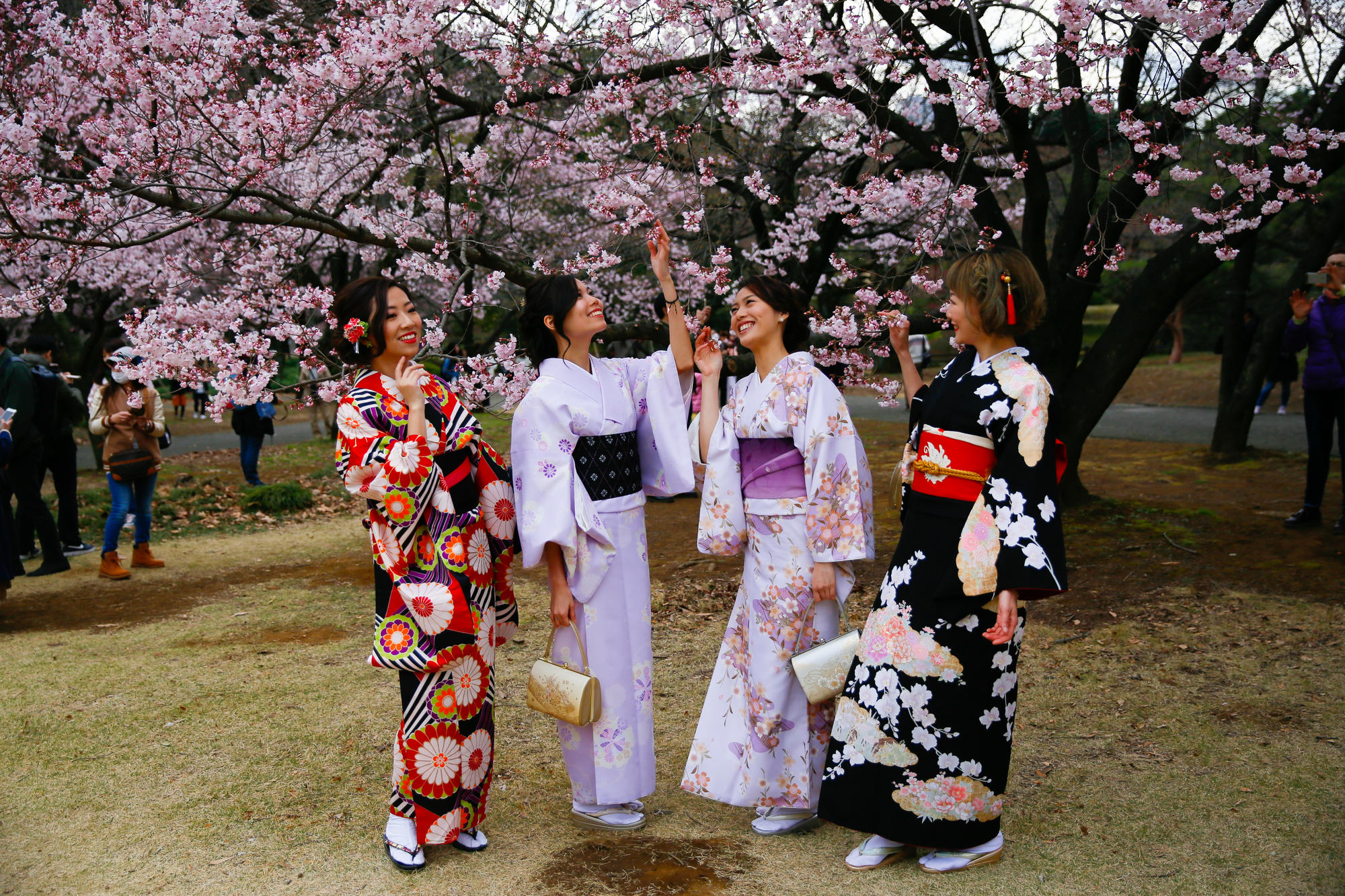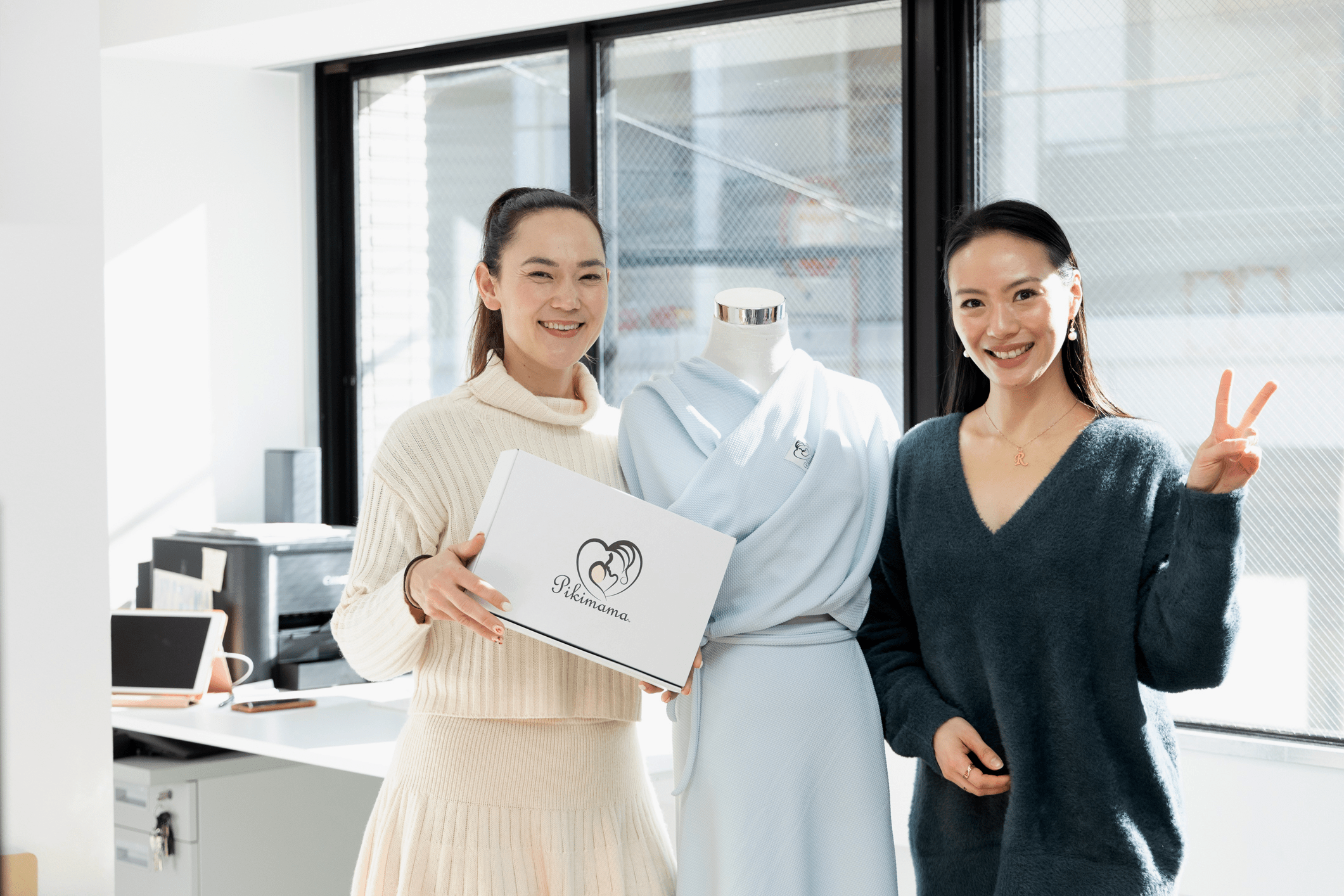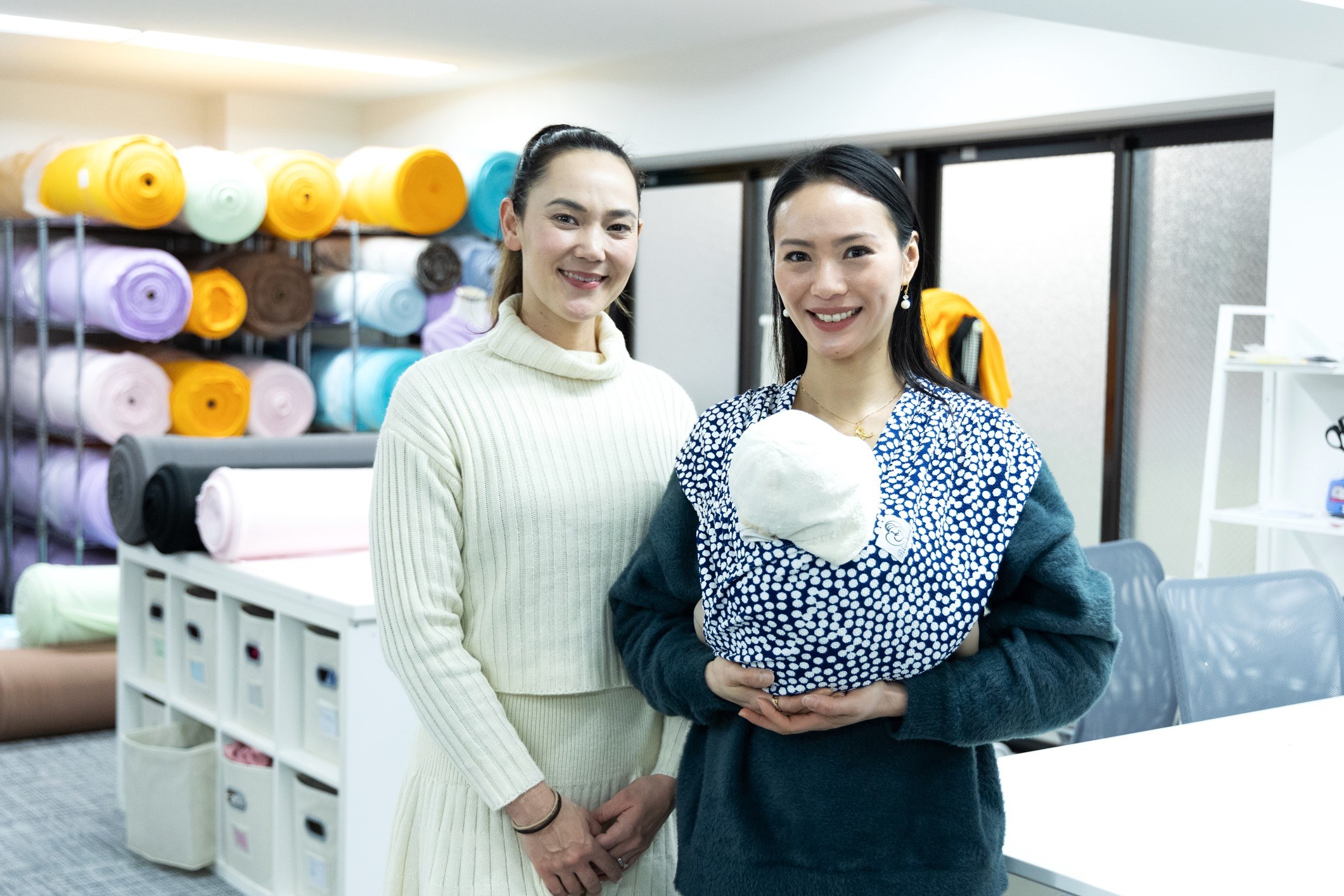<日本語は英語の後に続きます>
***
Some of you might have heard of Japan’s ohanami (お花見, ‘flower viewing’) season before. Basically, hanami refers to the Japanese traditional custom of enjoying the transient beauty of flowers, primarily sakura (cherry blossoms). Unique to Japan, ‘hanami’ season is so much more than simply viewing flowers, it really becomes a huge, lively event for gatherings, outdoor parties, picnics, drinking, and marks the arrival of Spring. From the end of March to early May, cherry trees bloom all over Japan (except for the island of Okinawa, where they bloom in February). Hanami customs in modern Japan mainly involves going to a park for an outdoor picnic beneath the sakura trees during daytime or at night (called yozakura (夜桜, “night sakura”). As the blossoms only last a week or two, there is a certain beauty to taking a moment (or several days) to appreciate their transient beauty amidst a hectic schedule (usually, the peak of hanami takes place during the end of March to early April in Tokyo, which coincides exactly with the change of fiscal years in Japan).
お花見は、主に桜の花を鑑賞し、春の訪れを喜ぶ日本古来の風習ですね。その花は春の一時期にある地域で一斉に咲き競い、わずか2週間足らずで散るため、日本人の季節感を形成する重要な風物となっていますね。可憐な花の美しさが開花期間の短さ、散り際の潔さによりいっそう印象づけられ、しばしば人の命の儚さになぞらえると思います。そのためか古来より、桜は人を狂わせるといわれることもあるらしいですよね。
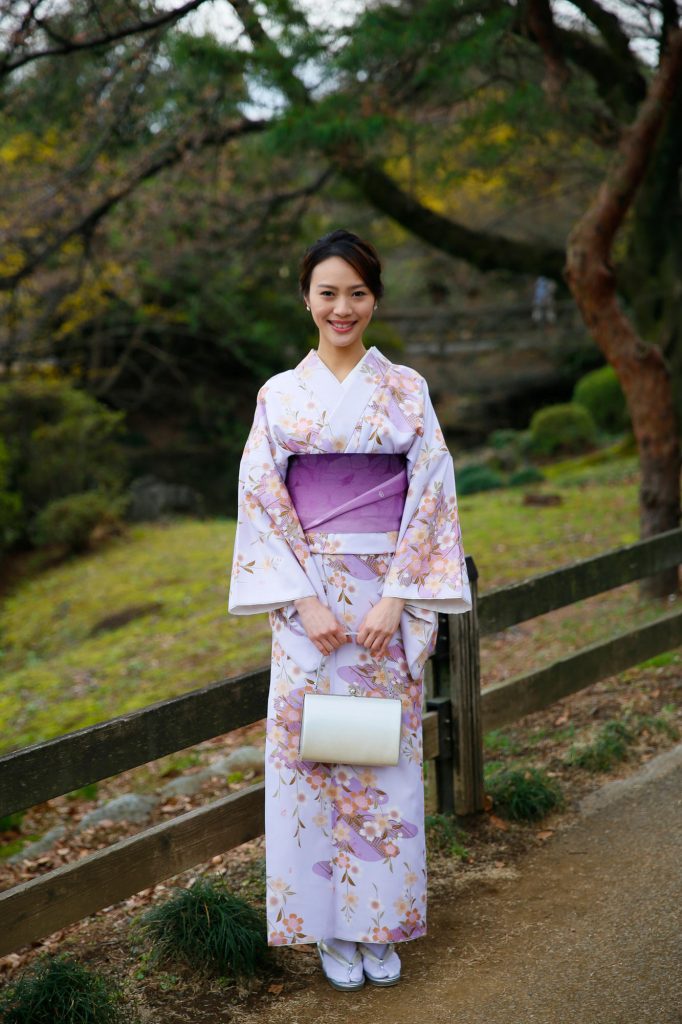
☆私の着物姿です~ 似合いますか?☆
Before living in Japan, I had no idea how seriously the Japanese people took the hanami custom. During the short 2 week blooming period, it essentially becomes the only thing talked about – blossoms are almost guaranteed to be one of the first things people mention in every conversation. A common greeting when saying hello would be to ask: have you gone for hanami yet? (お花見に行きましたか?) The “cherry blossom front” forecast (桜前線 sakura-zensen) is announced each year by the national weather bureau, and is certainly watched carefully by almost all Japanese people planning for hanami.
日本に住む前は、日本人がどのように真剣にお花見の習慣をするのか分かりませんでした。 短い2週間の開花時期に、日本人は桜についてよく話しています。それは本質的に唯一の話題になります ― ほとんど 日本人の世間話でまず話題にするものの一つです。挨拶をすると同時に、「お花見に行きましたか?」と絶対尋ねますね。 全国の気象局が毎年発表する「桜前線」は、ほぼすべての日本人が見つめているかもしれません。
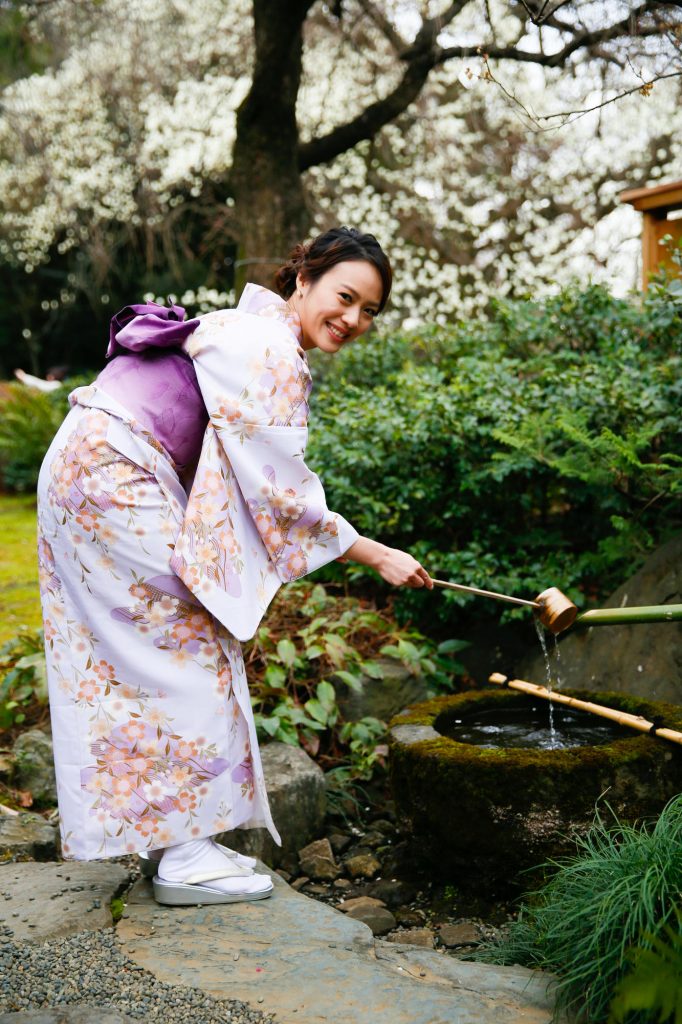
Traditional Japanese garden in Shinjuku Gyoen National Garden
In my blog post on “The Arrival of Hanami Season お花見シーズンの到来” (Japanese only) last year, it was my first time to experience this Japanese custom. I had imagined that it would be possible to visit a park to have a tranquil picnic and quiet stroll among the flowers. However, hanami is anything but ‘quiet’ and ‘tranquil’ – all the parks are absolutely packed at most times of day, filled with people day drinking and having a great party! (Please be warned of widespread public drunkenness if you visit Japan during this spirited time!)
去年の「お花見シーズンの到来」(https://rachelleng.com/the-arrival-of-hanami-season/) を書いた時、私は日本に来たばかりですので、初めてのお花見経験でした。芝生に座ってゆっくりお弁当を食べて、ピクニックできるし、静かに散歩して花見が楽しめると思っていましたが、実際の状況を見るとびっくりしました。まだ真冬の寒さなのに、人々がたくさんいました。花見を観賞したり、撮影をしている人がいて、凄く混んでいました。それで、桜の下でお酒を飲んで酔っ払った伯父さんたちや公園でお昼寝をしている人がどこでもいるみたいです。皆さん、日本人は、お花見が大好きだと思いますが、くれぐれも飲み過ぎないようにご注意を…

Will share two of the recommended hanami attractions I visited this year in this post~
今年のお花見経験について、2つをシェアしたいと思います~
1) Kimono experience at Shinjuku Gyoen National Garden 新宿御苑の着物体験でお花見へ
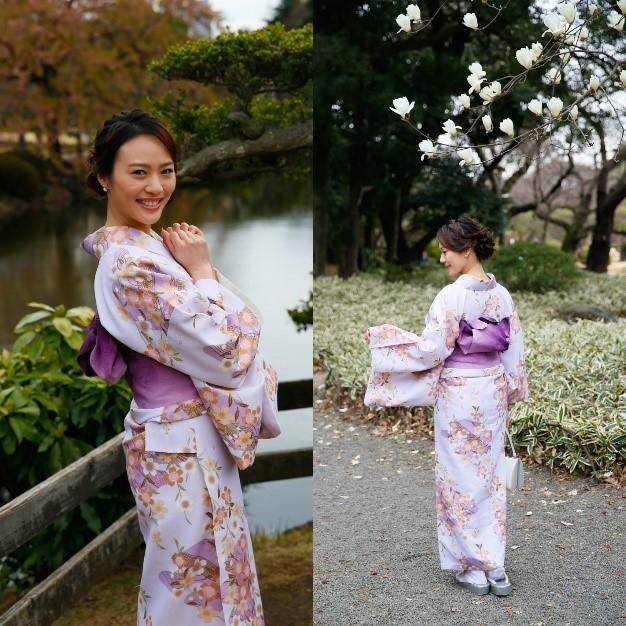
Some Singaporean friends and I rented a kimono for the day to experience hanami and take some photos at Shinjuku Gyoen National Garden (新宿御苑)!
シンガポールの友人たちと一緒に、着物を借り、新宿御苑で花見をしながら、たくさん写真を撮りました。
One of Tokyo’s largest and most popular parks, Shinjuku Gyoen is also one of the best places in the city to see cherry blossoms. As it is a paid park (200 yen entrance fee) and no alcohol is allowed on its premises, it is relatively less crowded and rowdy than other parks during the hanami season.
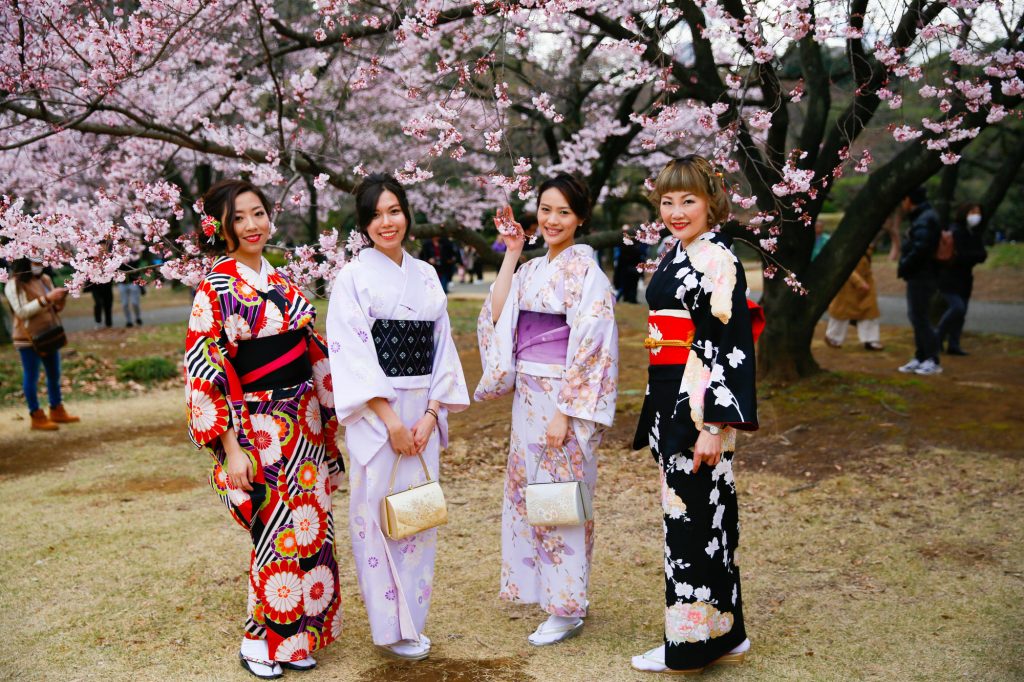
東京で最も大きく人気のある公園の1つである新宿御苑は、市内でも桜を見るのに最適な場所ですね。 園内には有料の公園(入場料200円)があり、お酒は一切許可されていないため、花見の季節には他の公園よりも比較的混雑していないと思います。
Shinjuku Gyoen was originally a feudal lord’s residence during the Edo Period (1603-1867). Later it was converted into a botanical garden before being transferred to the Imperial in 1903. The park was almost completely destroyed during World War II but was eventually rebuilt and reopened in 1949 as a public park.
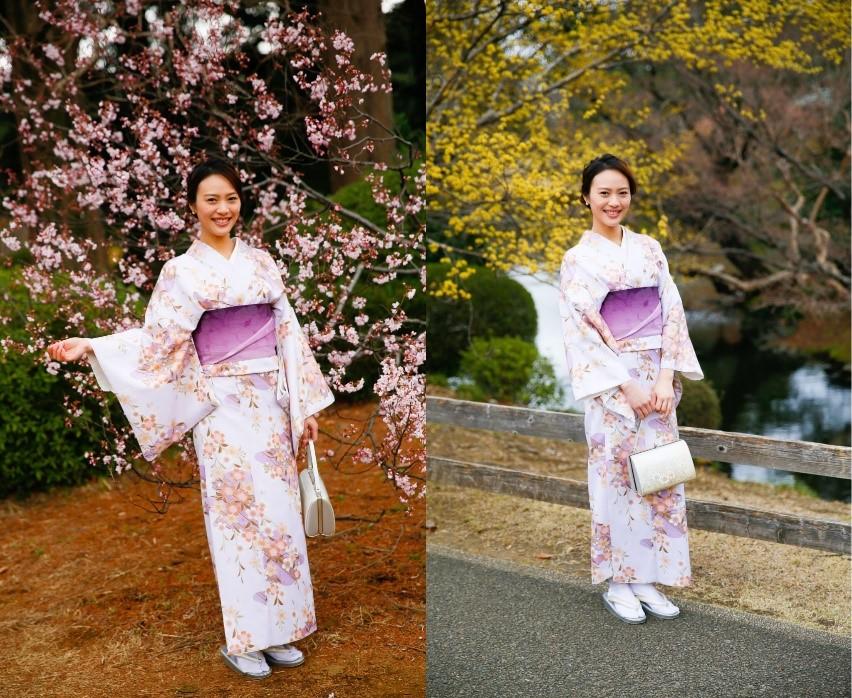
1) Chidoriga-fuchi moat and boat ride 千鳥ヶ淵のボートでお花見とワインを~
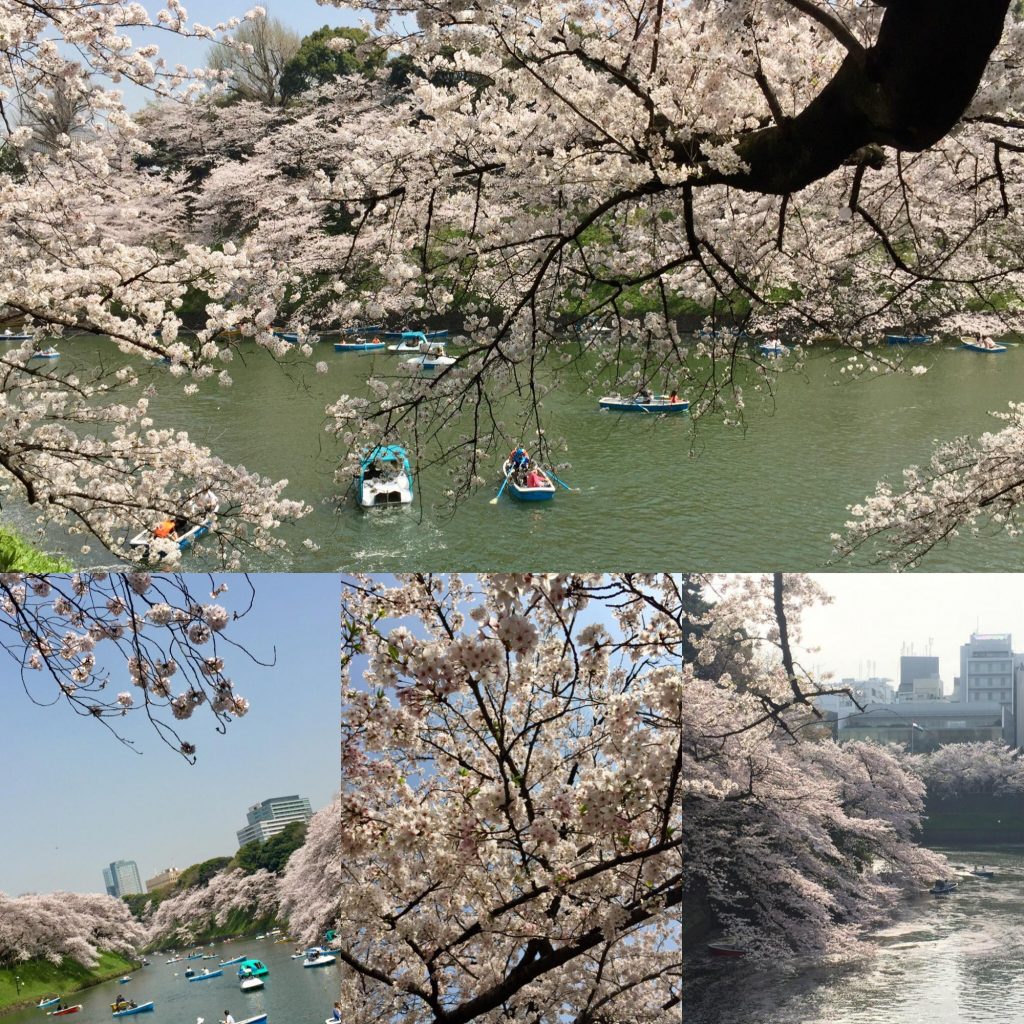
Chidorigafuchi is one of twelve moats that surround the Imperial Palace. The name comes from the moat’s shape, which resembles plovers (chidori). It is also renown as one of the most impeccable sakura spots in all of Tokyo – about 260 cherry trees of different species, such as Somei-Yoshino and Oshima-Zakura, blossom and create a gorgeous tunnel of flowers. There is also a boat pier – renting a boat to look up at the flowers from the water surface is an especially magical experience (especially accompanied with wine!).
千鳥ヶ淵では、ソメンヨシノや大島桜など約260種の桜の花が咲き誇り、華やかな花の景色があります。東京でも最高のお花見スポットとして知られています。 ボートの桟橋もあります – 水面から花を見上げるためのボートを借りることは、とても素敵でおとぎの国にいるような体験ができました~(特に、ワインが付いている場合ですね… 笑)
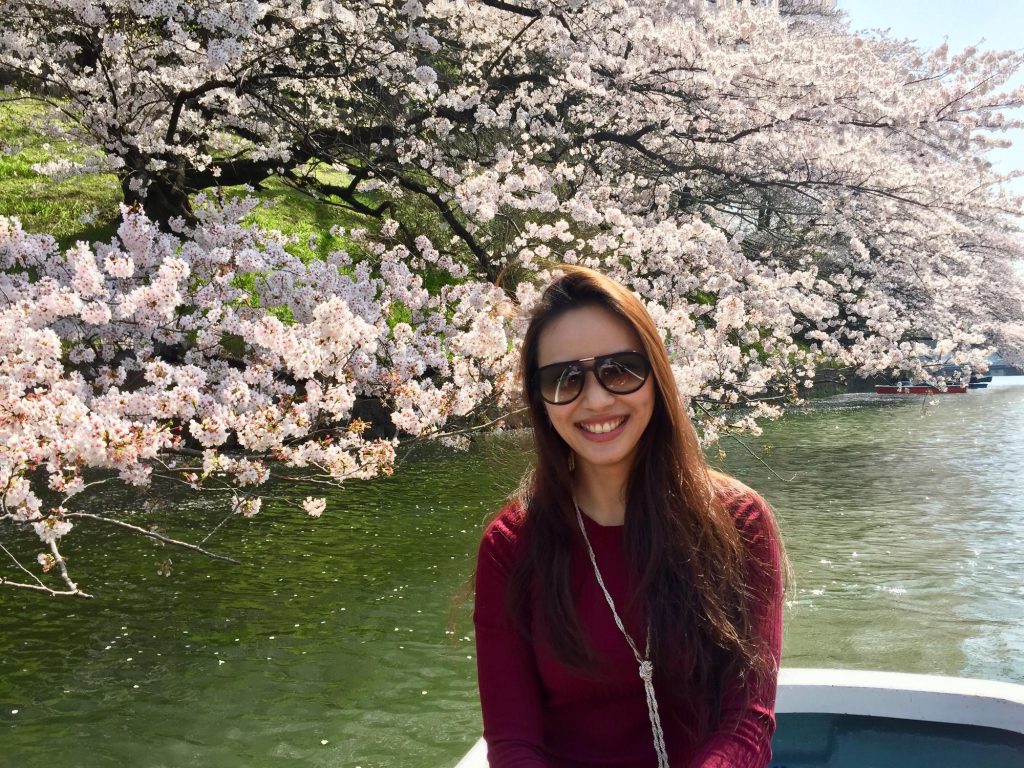
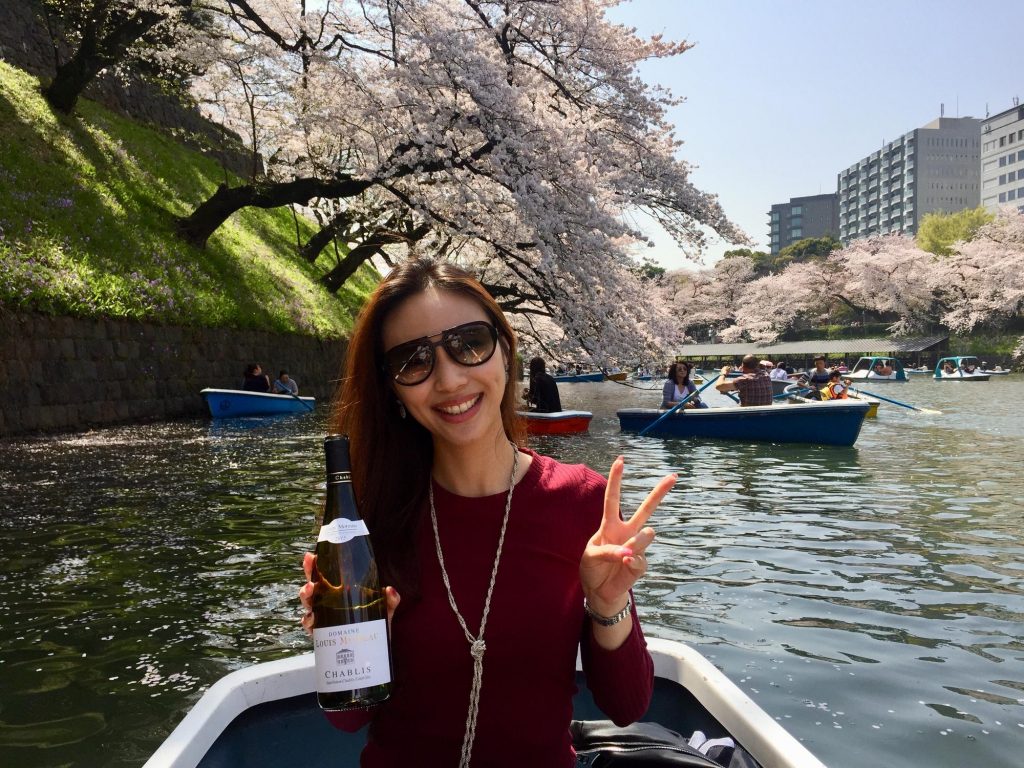
Although it is not disallowed, I believe we were the only ones drinking wine on the boat… I personally loved it though! We were inspired by the common practice of drinking wine on a boat in European cities such as Paris and Venice – a nice romantic touch!
ワインを飲むことは許可されていませんが、私たちはボートに乗った時ワインを飲んだ唯一の人だと思います… ヨーロッパのパリやヴェネツィアなどに行けば、ボートに乗ってワインを飲むことは一般的な習慣ですから、触発されました。これは素敵でロマンティックな経験でした!

